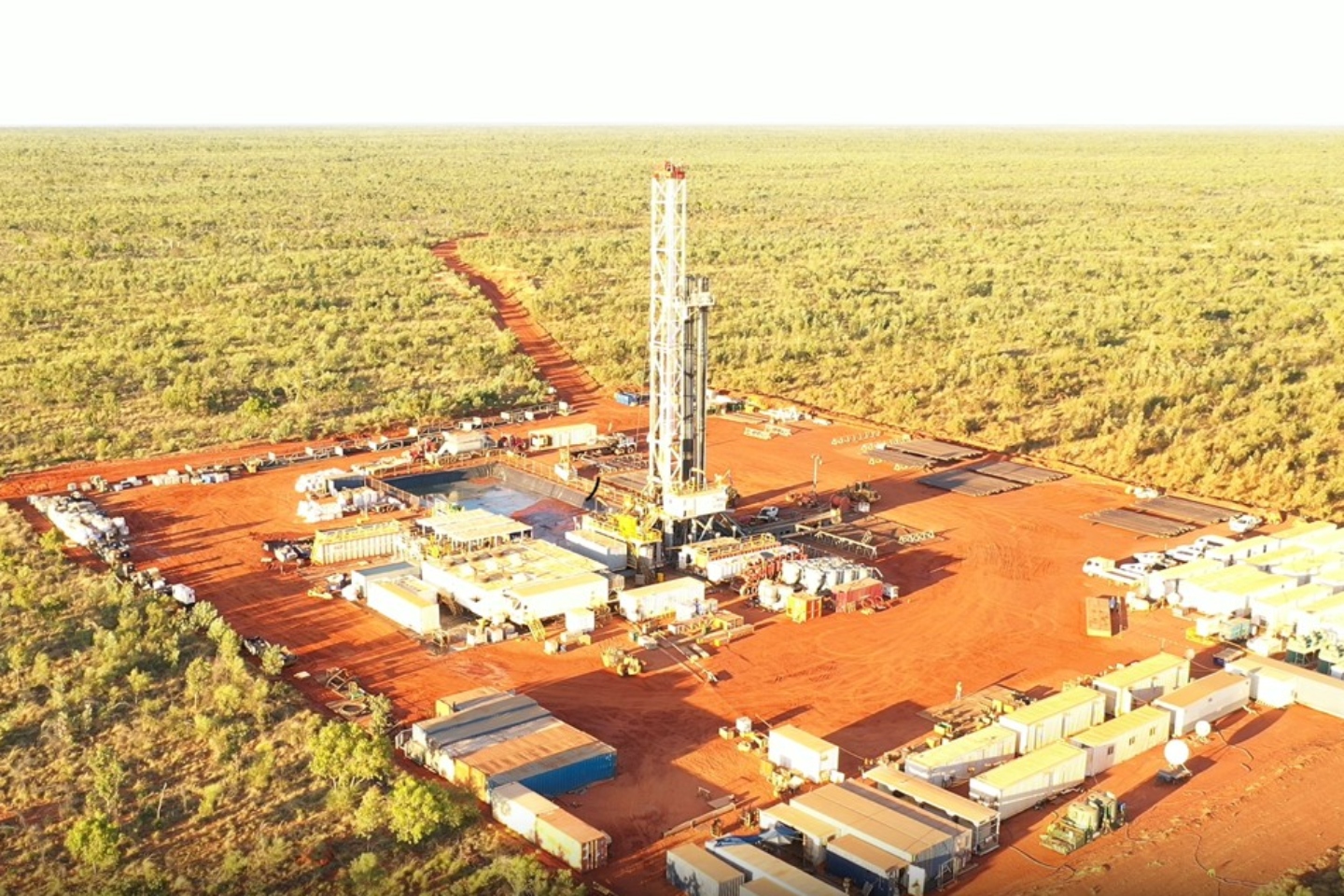Buru Energy has discovered a significant new gas prospect beneath its Rafael gas field in WA’s onshore Canning Basin. Buru estimates its Flying Fox target, identified in recent Rafael 3D seismic data, contains 60-614Bscf of gas and 1.2-12.6MMstb of condensate. The discovery mirrors Rafael’s contingent resources and could seriously boost the overall project’s potential. Buru plans to drill next year.


ASX-listed oil and gas explorer Buru Energy has unveiled a promising new gas prospect, Flying Fox, beneath its proven Rafael gas and condensate field in the onshore Canning Basin in Western Australia’s Kimberley region.
The prospect, about 150 kilometres east of Broome and 85km south of Derby, is considered the first proven conventional gas and liquids discovery in onshore WA, north of the state’s main LNG hub in Karratha.
Imaged on the company’s recently acquired Rafael 3D seismic survey, Flying Fox spans two exploration permits at a depth of about 4015 metres true vertical depth. Buru fully owns one licence and has a 60 per cent stake in the other via a joint venture.
The latest discovery could significantly enhance the company’s cornerstone Rafael gas project, which aims to supply local LNG and liquids to replace long-distance trucked or imported fuel for power generation and mining in WA’s northwest.
The Flying Fox prospect targets dolomitised porous carbonates of the Nullara or Pillara Formation, sealed by shales of the May River Formation. Seismic imaging reveals these rocks lie directly beneath the gas-bearing Ungani Dolomite of the Rafael 1 discovery, which was drilled in 2021. The prospect spans a large, faulted 26-square kilometre closure, with up to 370m of vertical relief.
Buru plans to test Flying Fox at its proposed Rafael B location, about 1.3km southeast of the Rafael gas accumulation, which could see it extending about 500m deeper into a resource comparable to Rafael’s existing contingent resource.
Rafael’s contingent resource is estimated at 85-523 billion standard cubic feet (Bscf) of gas and 1.8-10.6 million stock tank barrels (MMstb) of condensate.
Flying Fox is interpreted as containing substantial prospective resources, with gross unrisked estimates ranging between 60Bscf and 614Bscf of gas and 1.2MMstb to 12.6MMstb of condensate. Buru’s best estimate is 247Bscf gas and 5MMstb condensate, with a 45 per cent geological chance of success. Those volumes, adjusted for inert gases and carbon dioxide, reflect only hydrocarbon gas.
Unlike contingent resources, prospective resources are undiscovered accumulations, meaning their existence and commercial viability carry geological and development risks. Further exploration and appraisal are needed to confirm recoverable hydrocarbons.
Buru Energy chief executive officer Thomas Nador said: “Rafael continues to be de-risked at a time when domestic gas security and affordability are top of mind issues for government, resource developers and consumers, including households and industry. While Buru’s immediate focus is the timely commercialisation of the Rafael Gas Project, future exploration success at Flying Fox could have significant benefits for the project, both in terms of potential resource addition to a base development as well as the potential to maintain ‘higher for longer’ gas flow rates.”
The overall Rafael project is currently anchored by the 2021 Rafael 1 discovery and represents a cornerstone for Buru. It features a 165m gas-bearing reservoir in the Ungani Dolomite, with a 200m hydrocarbon column.
Buru is in partnership with Perth-based, small-scale LNG developer Clean Energy Fuels Australia, which will finance a 250-300 tonnes per day LNG plant with a midstream capital expenditure of about $150 million.
The company is also advancing about $40 million in upstream funding for the Rafael B and Rafael 1 re-completion programs, targeting a final investment decision in the third quarter or 2026 and startup in the first three months of 2028.
Flying Fox’s potential mirrors that at Rafael and offers significant upside for Buru’s long-term cash flow from 2028.
The company sees Flying Fox as a drillable target which has been sufficiently well-defined through analysis of geological and geophysical data, including 3D seismic interpretation and by reference to Buru’s wells database.
The prospect’s high chance of development also aligns with regional demand for cleaner fuel alternatives.
As Buru Energy pushes forward with Flying Fox, the Canning Basin could cement its role as a key energy hub. With drilling planned for 2026, the prospect’s success could unlock a new chapter for WA’s gas industry, balancing economic growth with the global shift toward sustainable energy.
Is your ASX-listed company doing something interesting? Contact: matt.birney@businessnews.com.au














